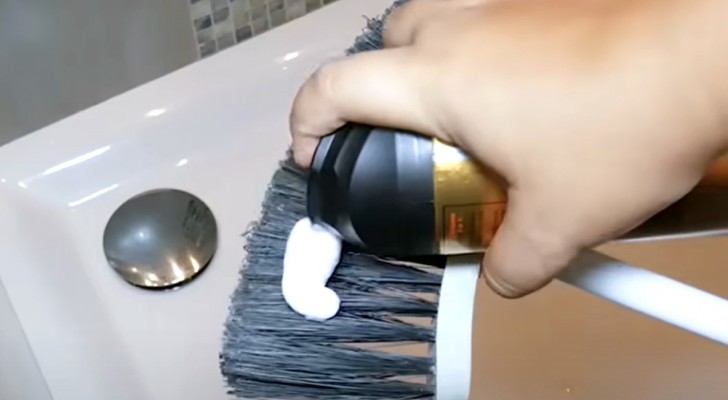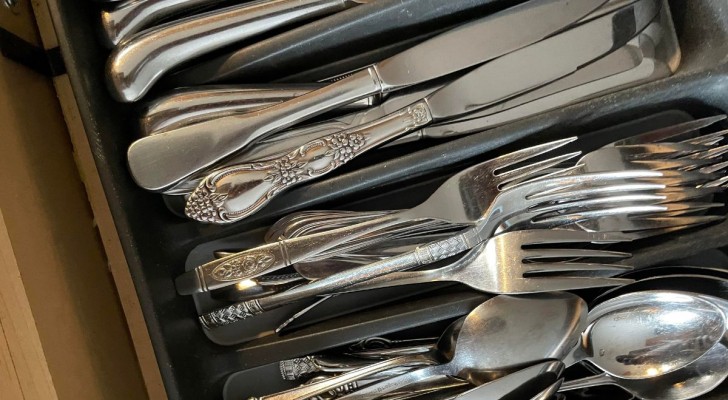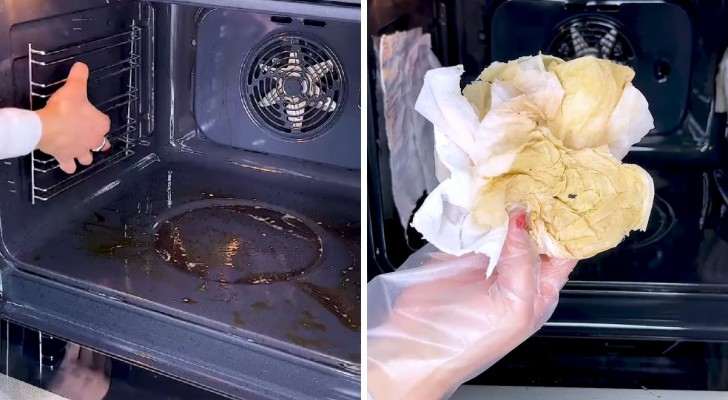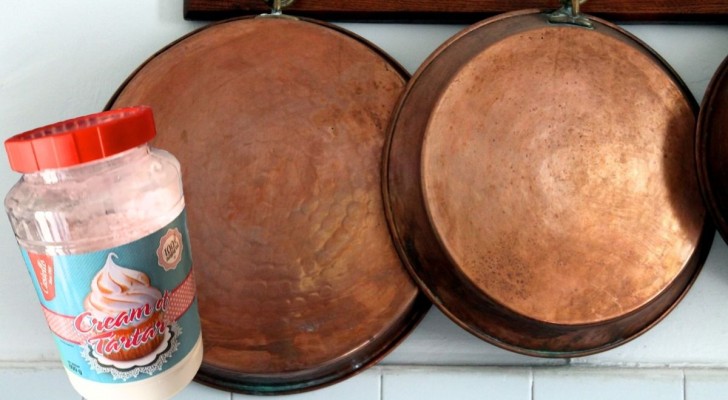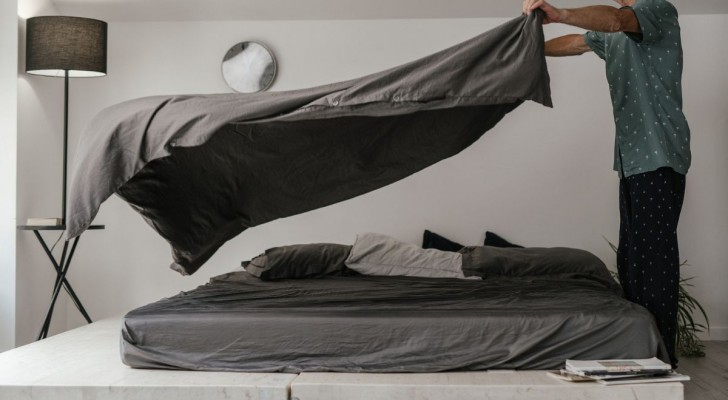Ceramic sinks: the tips you need to know about how to remove limescale build-up
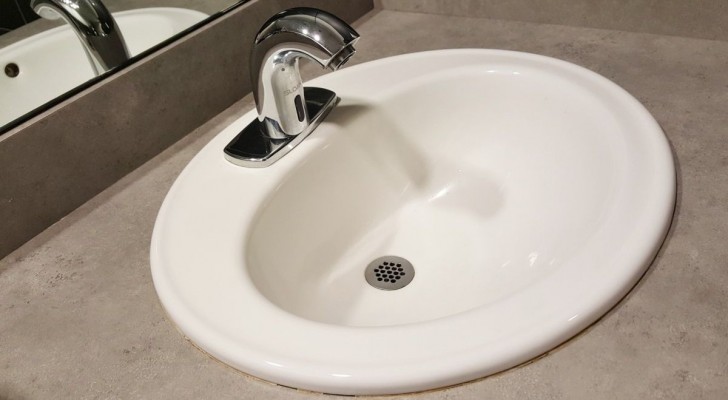
A fundamental object in any bathroom, a ceramic/porcelain sink is one of the items we use frequently and which gets dirty the quickest. We are used to thinking that ceramic/porcelain is an extremely durable and dirt-resistant material that is easy to clean, and this is true - up to a certain point.
Even ceramic can get stained and marred by limescale and when periodic cleaning is not carried out, this build-up of calcification can be near-impossible to remove.
Given this, there are some habits we should observe to keep our bathroom ceramics in pristine condition. We describe some of these below:
How to remove limescale stains from ceramic sinks
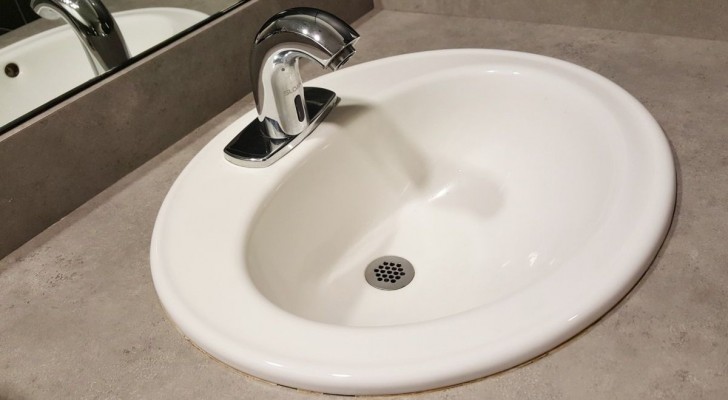
Regular cleaning is the key here: keeping a soft cloth (microfibre) or a non-abrasive sponge ready to wipe over the sink after using will stop most limescale build-ups.
Every day, then, we should pass a soapy cloth over the sink and then rinse off. Adding a drop of dishwashing liquid, or a bleach-free detergent, (or even Marseille soap), will also help.
However, when the build-up is stubborn, we must resort to a slightly more "aggressive" methods: prepare a mixture of equal parts water and vinegar and decant into a spray bottle. Then we can use this mixture as follows:
- for the vertical surfaces, take some absorbent kitchen paper, place it in contact with the ceramic, and then spray the product on it so that the paper adheres to the ceramic;
- for the flat surfaces, simply spray the product onto them.
In both cases, wait about ten minutes and then, with the help of an old toothbrush, scrub away the limescale deposits, rinsing and drying off immediately afterwards.
Products to avoid to preserve the ceramic finish
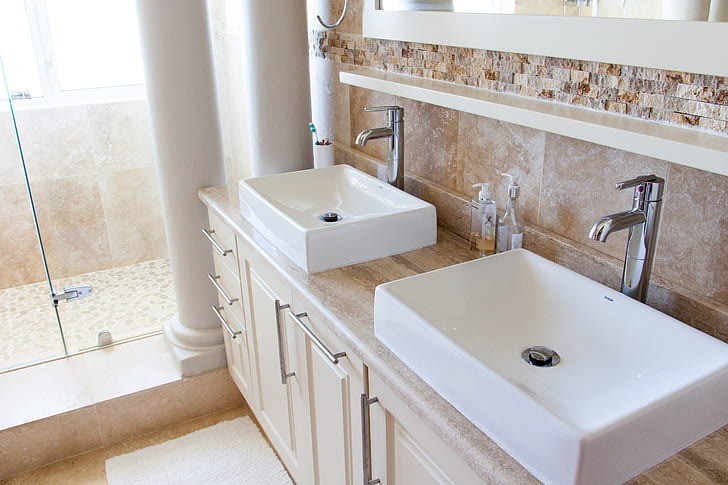
There are a series of cleaning products that we should avoid using on ceramic surfaces:
- Sprays that contain chlorine or bleach;
- Corrosive liquids of any kind, or which contain hydrochloric acid or sulfuric acid;
- Abrasive sponges;
- Bleach: even if we wanted to use the sink as a tub in which to soak products, it should be avoided. In the long run, in fact, the enamel gets ruined, making the surface porous and more prone to getting dirty.
Habits to avoid to preserve the ceramic finish of a sink
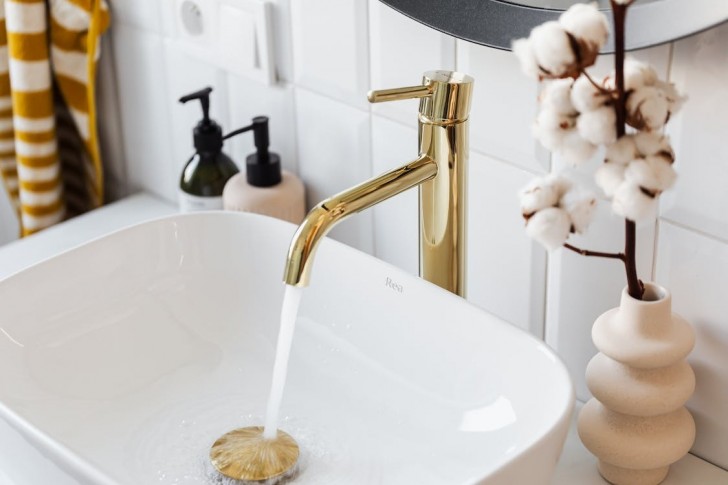
There are some habits to try to avoid doing:
- Do not place basins, even plastic ones, into the sink, unless you first place towels on the bottom, to avoid making scratches and streaks;
- Do not pour first very cold and then very hot liquids into the sink one immediately after the other: the thermal shock can create hairline cracks.
- If you need to pour boiling water into the sink, keep the cold water running whilst doing so.
These are small measures but, if we make them a habit, they make all the difference!
